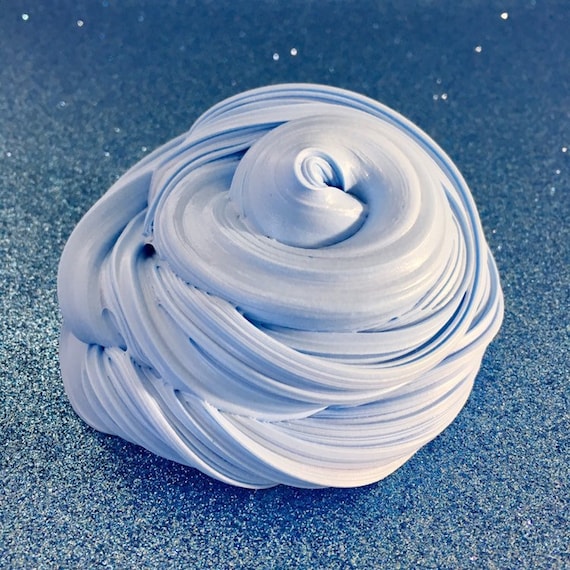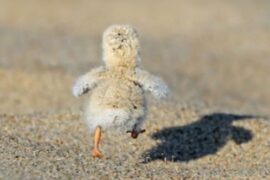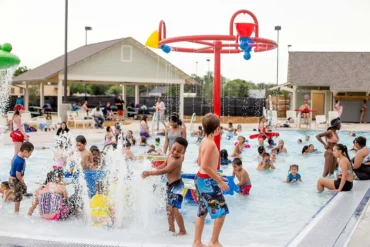Welcome to the Squishy World of Slime, Aussie Parents!
Hey there, awesome mums and dads! Are you ready to embark on a gooey adventure with your little aussie explorers? Well, buckle up because we’re diving into the colourful, squishy world of slime in Australia! From simple DIY recipes to the lowdown on the best slimes out there, this is your go-to guide for everything slime-tastic. Let’s ensure our kids have a blast while keeping safety in mind, shall we? Come on, let’s get our hands slimy!
Why Kids in Australia Love Slime
Slime is not just a sticky sensation; it’s a sensory wonderland! It’s stretchy, it’s poky, and it’s a heck of a fun way to encourage creativity and sensory play. Australian kids are absolutely enamoured with this gooey pastime, and we’re here to help you navigate through its sticky alleyways.
DIY Slime: A Sticky but Fun Science Lesson
Before we hop into making our own slime, remember that safety is our best mate! Always supervise your kids during slime time and make sure they don’t munch on their gooey creations. Now, ready for some DIY magic?
- Classic Glue and Borax Slime: A tried-and-true recipe that never fails to impress. All you need is some PVA glue, borax, and a bit of water. Add some food colouring for a dash of Aussie sunshine!
- Edible Slime: Yup, you read that right, mate! Using ingredients like marshmallows and cornstarch, you can whip up a batch of slime that’s safe for the littlest Joey to play with – and even taste!
- Eco-Friendly Slime: We all want to do our part for the Aussie environment, right? Go green with slime made from natural ingredients such as chia seeds or psyllium husk. It’s better for our planet and perfectly playful for our kiddos.
- Sensitive Skin Slime: Does your little one have skin as delicate as a Wallaby’s fur? Opt for hypoallergenic recipes that are gentler on their skin.
Remember, each recipe will come with its own set of instructions and safety precautions, so read them as carefully as a koala reads its eucalyptus menu!
Choosing the Best Store-Bought Slime
Not keen on making slime at home? No worries! Australia’s got a brilliant range of store-bought slimes that’ll have your kids giggling in delight. Keep an eye out for non-toxic labels and consider these factors:
- Texture and Consistency: Some kids like their slime thick and doughy, while others prefer it runny and oozy. Pick the texture that’ll make your kids’ playtime as fun as a day at the beach!
- Ingredients: Always check the label for safe, non-toxic ingredients especially if you’ve got tots who are still in the “everything goes in the mouth” stage.
- Easy Clean-up: Look for slimes that offer easy clean-up. After all, no one wants to find surprise slime in their couch weeks later!
- Scented or Not: From bubblegum to bushland scents, scented slimes can add an extra dimension to the fun. Just make sure the fragrances are child-friendly and not too overpowering for the little noses.
Now that you’ve got a handle on what to look for, you’re all set to navigate the world of store-bought slimes – which can be just as exciting as finding your way around the outback!
Slime Safety: Keeping the Fun Non-Toxic
Crikey! While slime can be the best thing since sliced bread for kids, it’s crucial to keep safety on the frontline. Always supervise your children while they’re playing with slime and steer clear of any products that contain harmful chemicals such as borax, which can irritate sensitive skin. Encourage handwashing post-slime play and keep that slime away from the little ones’ faces and mouths. With these simple precautions, slime time can be a safe, giggly affair for everyone!
And there you have it, the beginning of your slime-tastic journey in Australia. But wait, there’s more! In the next part of our guide, we’ll explore advanced slime recipes, tackling slime disasters, and incorporating educational play with slime. So stay tuned, and let the slippery fun continue!

5 Things Parents Should Know in Preparing for Slime Time
1. Understand the Slime Craze
Before dipping your hands in, it’s essential to know the craze behind it. Slime isn’t just about making a mess; it’s a hands-on activity that can help develop fine motor skills, encourage scientific thinking, and relieve stress. Yes, even for you, dear parent. Embrace the craze, and you might find yourself enjoying the squish as much as the kids do!
2. Setting Up Your Slime Workshop
Choose an area that’s easy to clean—think tiles or laminated surfaces. Arm yourself with protective gear like aprons or old t-shirts, and lay down newspapers or a plastic tablecloth to catch any drips. Always have cleaning supplies on hand, because let’s face it, slime can get everywhere!
3. Educate Yourself on Slime Ingredients
Whether you’re buying or DIY-ing, understand what goes into slime. Some recipes call for borax, which can be harmful if not used correctly. Research recipes, read labels, and find the best fit for your child’s age and sensitivities. Safety first, slime second!
4. Incorporate Learning into Slime Play
Beyond the fun, slime can be educational. Introduce concepts like measurements, chemical reactions, and viscosity while crafting the perfect goo. Use slime making as an opportunity to chat about polymers and non-Newtonian fluids. Yes, slime can be smart!
5. Know How to Deal with Slime Gone Wrong
It’s all fun and games until slime sticks to the carpet! Have a game plan for cleanup before starting. White vinegar, warm water, and some elbow grease can work wonders. And for clothes, scraping off the excess, soaking in warm water, and using a stain remover before washing can be effective. Always have a slime-ergency kit close by!
Advanced Slime Recipes: Rising to the Challenge
For the adventurous parent-child duo, once you’ve mastered the basics, why not try creating slimes with different textures and effects? Consider adding glitter, foam beads, or even small toys to keep the fun evolving. And for those science buffs, playing with ratios to alter viscosity can turn an afternoon of slime into a lesson in physics.
Tackling Slime Disasters Like a Pro
Up for a game of ‘Slime Busters’? When slime gets in places it shouldn’t, don’t panic. Vinegar and baking soda can help remove slime from fabrics and hair. And if your child has sensitive skin, patch test store-bought slimes before full play, or stick to hypoallergenic, homemade options.
Slime as an Educational Play
Slime can be a sneaky teacher, and playtime can include science, math, and art lessons. From color mixing to discussing states of matter, slime provides a fun lens through which kids can explore new concepts. Encourage questions like “What happens if we add more activator?” and use the scientific method to predict, test, and observe.
Remember, with a dash of preparation and a sprinkle of innovation, slime time can be an enriching and joyful experience. Got your slime caps on? Great! After all, when it comes to slime, the possibilities and fun are endless!
. For more information see here
Disclaimer
The articles available via our website provide general information only and we strongly urge readers to exercise caution and conduct their own thorough research and fact-checking. The information presented should not be taken as absolute truth, and, to the maximum extent permitted by law, we will not be held liable for any inaccuracies or errors in the content. It is essential for individuals to independently verify and validate the information before making any decisions or taking any actions based on the articles.




